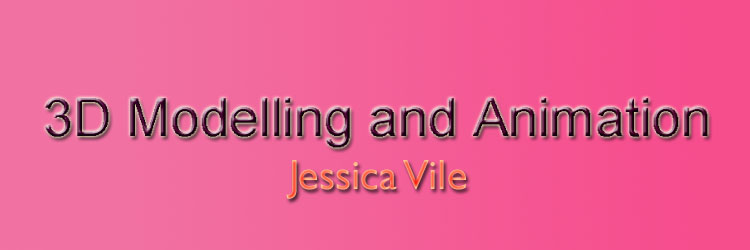If your changing the the colour or a material for a shape you must use the material editor. You can get this by pressing 'm' or clicking on material on which is in the 'rendering; menu toolbar.  The material box will appear which looks like this:
The material box will appear which looks like this:  Here you can see 6 spheres, you can apply your own shaders and materials. Below this there are a list of many different types of shaders, i will go through the most used ones with you
Here you can see 6 spheres, you can apply your own shaders and materials. Below this there are a list of many different types of shaders, i will go through the most used ones with you

Blinn - This is the standard Max default - This is a basic shader which can be used for most materials, it has a no anisotropy. Metal - This was in use until the Anisotropic shader was introduced, it is more simple in the way it works, there is a dimple in the specular graph, which means that the shader is useful for dull metal materials such as brushed stainless steel.
Metal - This was in use until the Anisotropic shader was introduced, it is more simple in the way it works, there is a dimple in the specular graph, which means that the shader is useful for dull metal materials such as brushed stainless steel.  Orin-Nayer-Blinn
Orin-Nayer-Blinn
This is much softer in tone than Blinn and produces a very soft feel to the material. It is ideal for organic materials such as skin, velvet, as it slightly absorbs light.

If you really want to get a good texture, you are best using an imported Map from your computer. These always give unique affects that you just cant get from the simple shaders.
 The material box will appear which looks like this:
The material box will appear which looks like this:  Here you can see 6 spheres, you can apply your own shaders and materials. Below this there are a list of many different types of shaders, i will go through the most used ones with you
Here you can see 6 spheres, you can apply your own shaders and materials. Below this there are a list of many different types of shaders, i will go through the most used ones with youI am going to create a variety of shapes so you can see the different affects on different shapes. This will allow you to compare the different affects to each other
The anisotropic shader works perfect for metal materials, because it changes the shape of the specular from round to elongated. Here is my shapes, using the anisotropic shader:

Blinn - This is the standard Max default - This is a basic shader which can be used for most materials, it has a no anisotropy.
 Metal - This was in use until the Anisotropic shader was introduced, it is more simple in the way it works, there is a dimple in the specular graph, which means that the shader is useful for dull metal materials such as brushed stainless steel.
Metal - This was in use until the Anisotropic shader was introduced, it is more simple in the way it works, there is a dimple in the specular graph, which means that the shader is useful for dull metal materials such as brushed stainless steel.  Orin-Nayer-Blinn
Orin-Nayer-BlinnThis is much softer in tone than Blinn and produces a very soft feel to the material. It is ideal for organic materials such as skin, velvet, as it slightly absorbs light.

If you really want to get a good texture, you are best using an imported Map from your computer. These always give unique affects that you just cant get from the simple shaders.

No comments:
Post a Comment